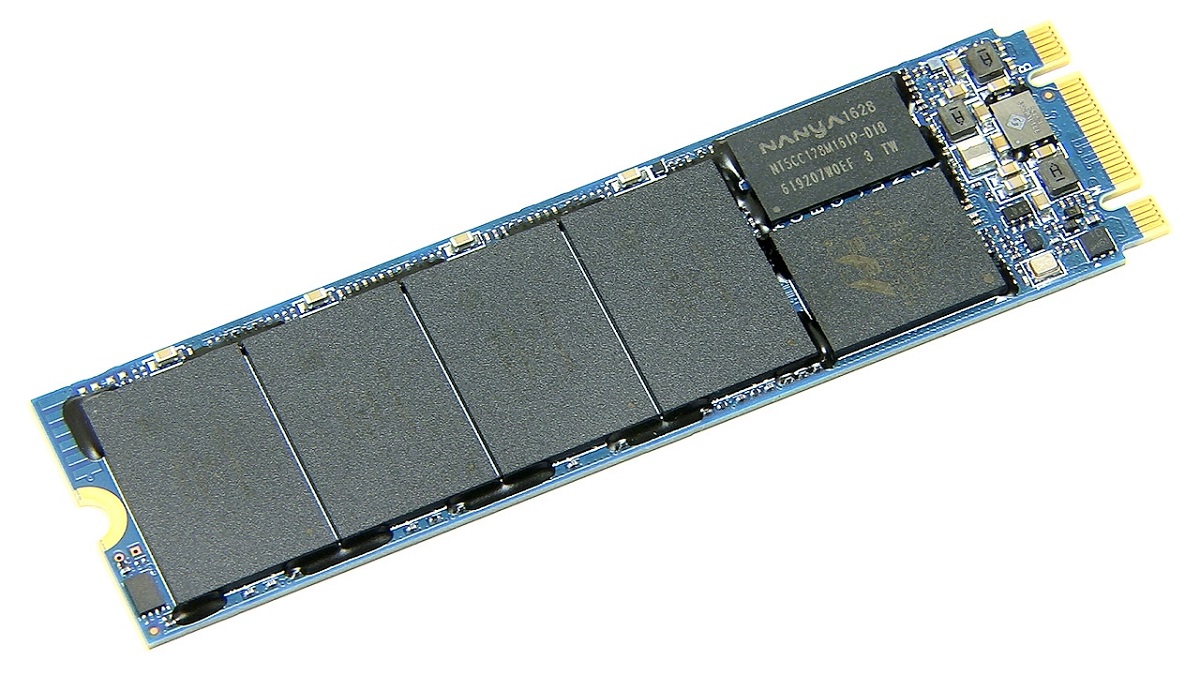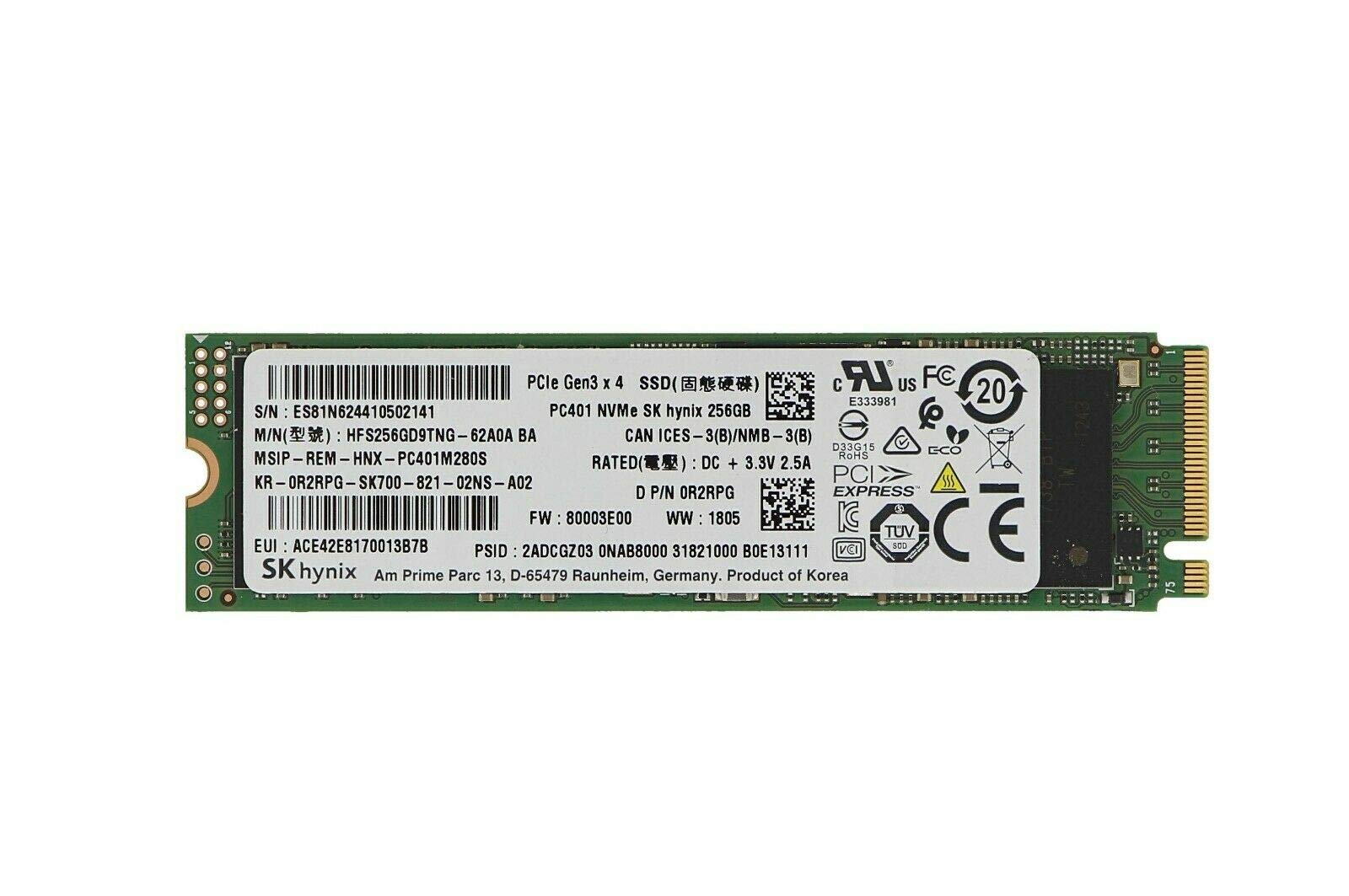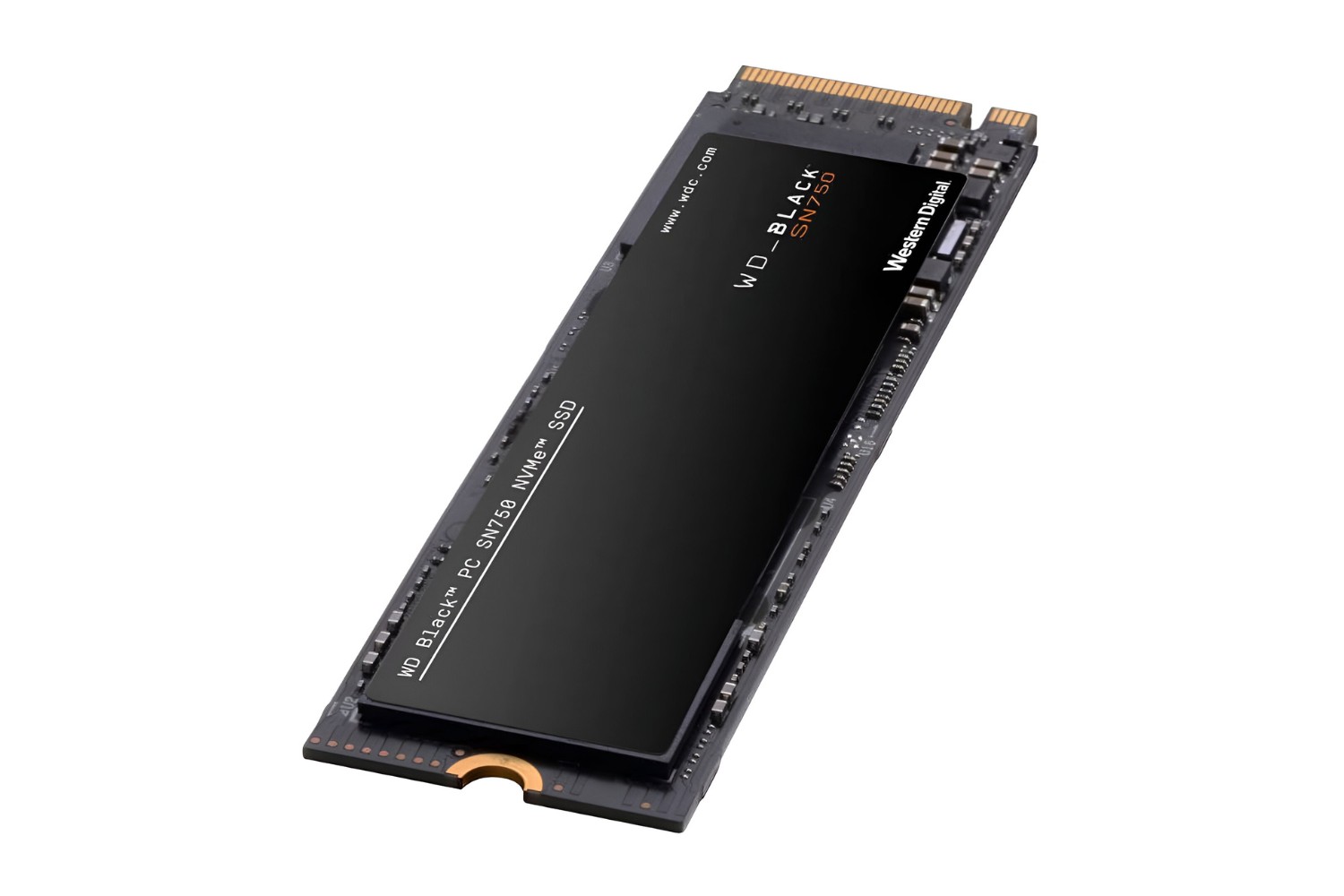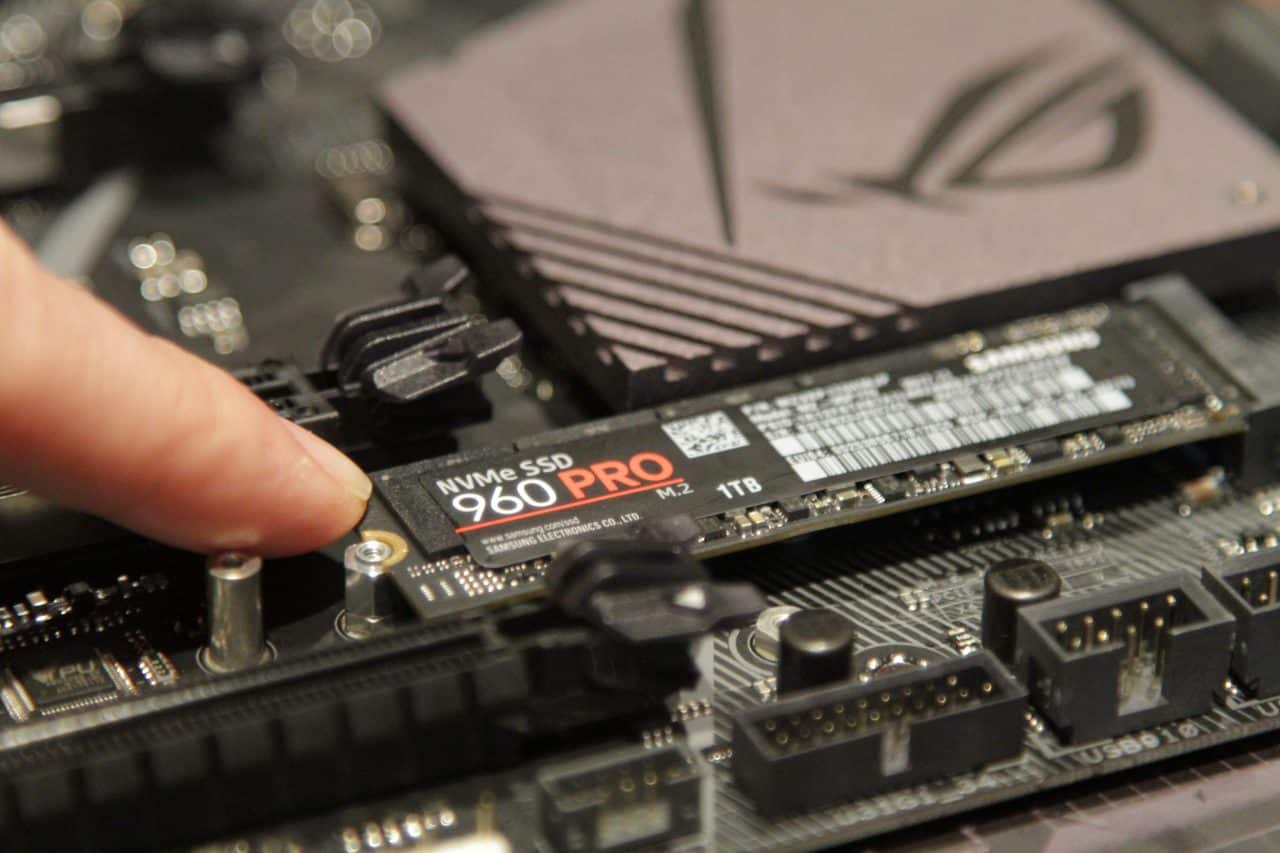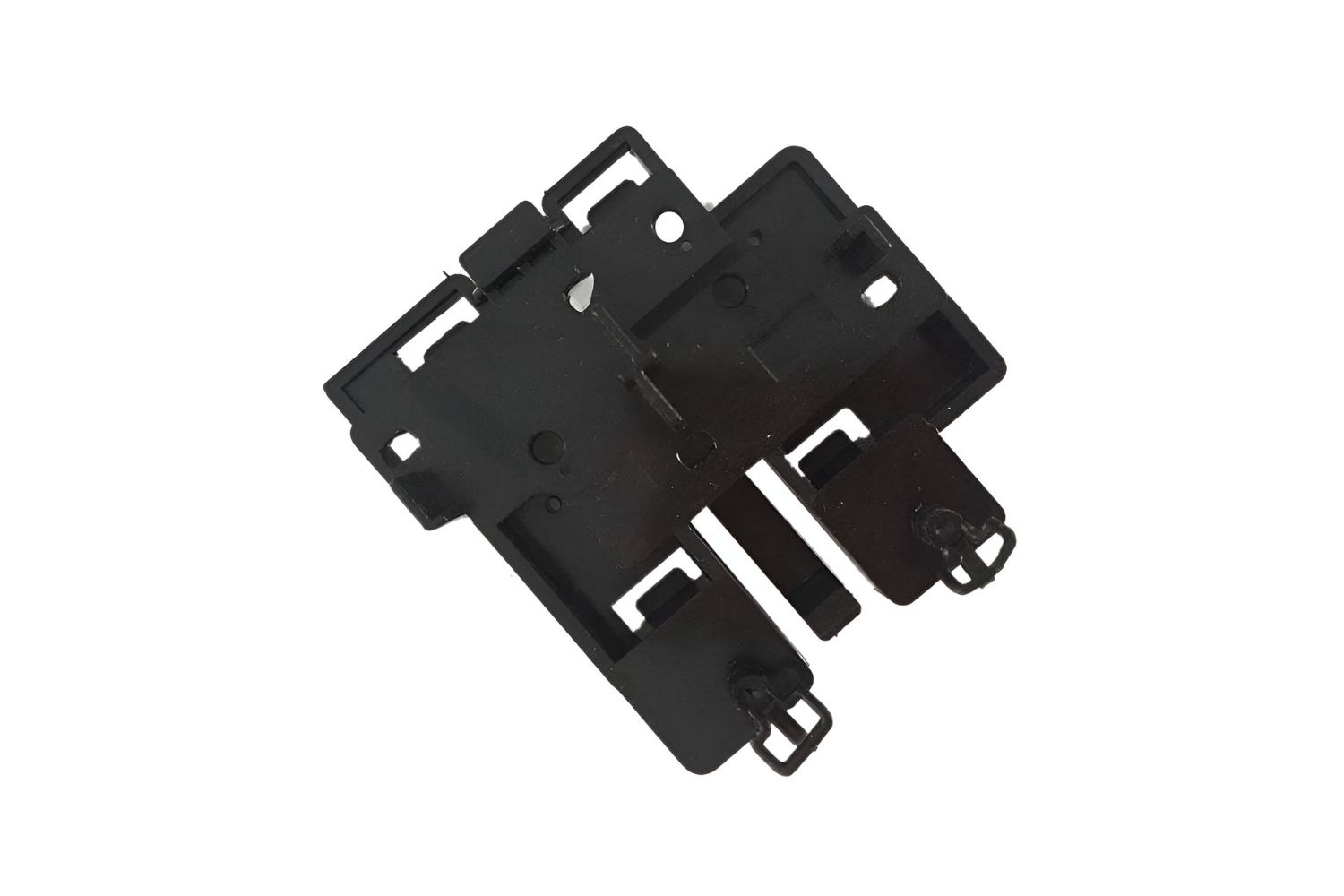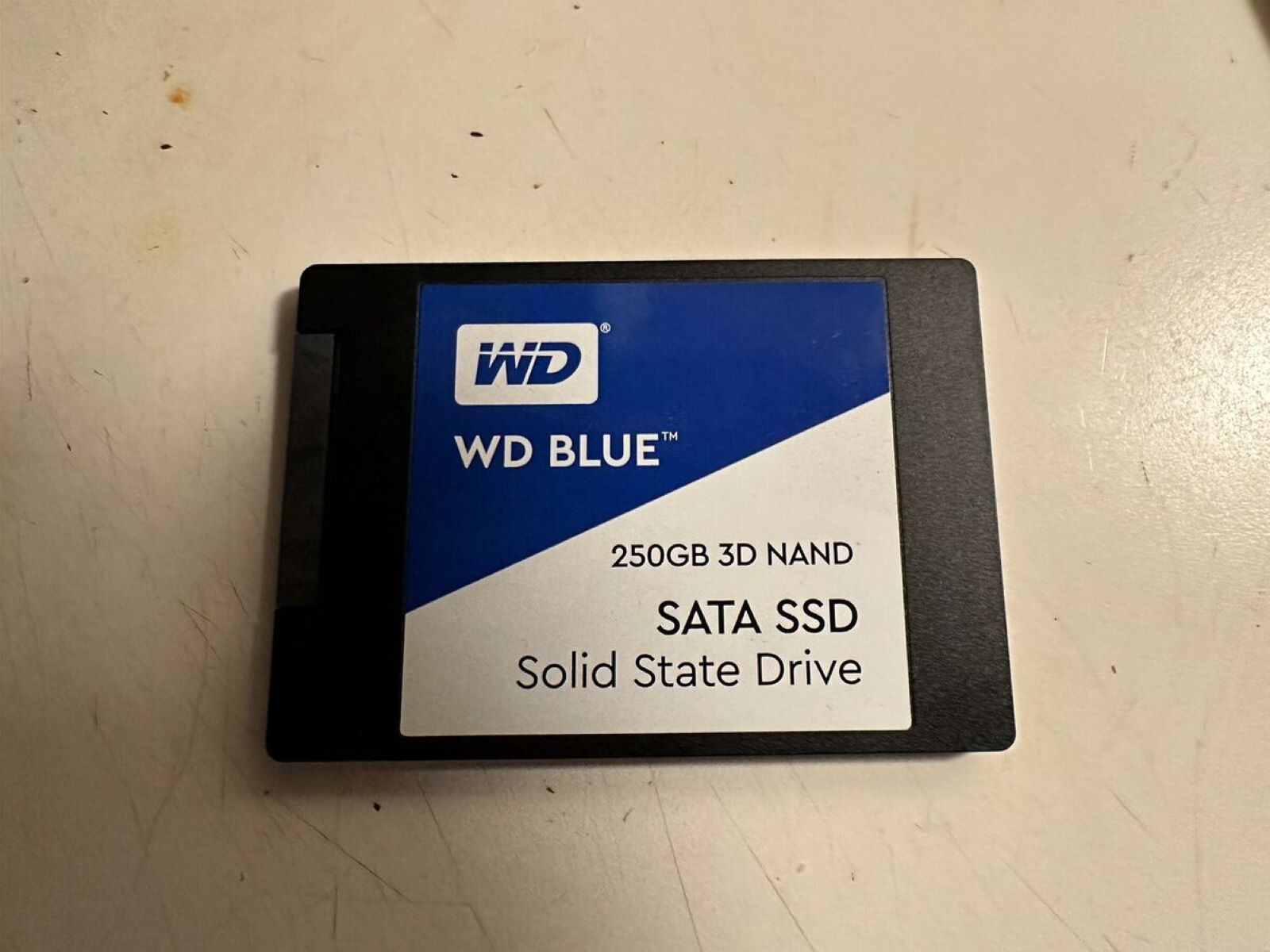Introduction
Welcome to the world of solid-state drives (SSDs). As technology continues to evolve, traditional hard disk drives (HDDs) are being replaced by these faster and more efficient storage options. Among the various types of SSDs available in the market, the M.2 solid-state drive (SSD) has gained significant popularity in recent years.
In this article, we will explore what exactly an M.2 SSD is, its benefits, and how it can enhance your overall computing experience. Whether you’re a tech enthusiast, a gamer, or someone looking to upgrade your computer’s storage, understanding the features and advantages of an M.2 SSD is crucial.
If you’re tired of slow boot times, applications taking forever to load, or constantly running out of storage space, it’s time to consider making the switch to an M.2 SSD. So, let’s dive in and uncover the wonders of this innovative storage solution.
What is a Solid State Drive?
A solid-state drive (SSD) is a type of storage device that is designed to replace traditional hard disk drives (HDDs). Unlike HDDs, which use spinning disks and mechanical parts to store and retrieve data, SSDs utilize flash memory technology. This means that SSDs have no moving parts, which makes them faster, quieter, and more durable than HDDs.
SSDs store data by using integrated circuit assemblies that are made up of NAND flash memory. These memory chips are responsible for storing and retrieving data. The absence of mechanical parts allows SSDs to access and transfer data at incredibly high speeds, resulting in faster boot times, improved application loading times, and enhanced overall performance.
One of the biggest advantages of SSDs over HDDs is their reliability and durability. Traditional hard drives are susceptible to damage from shock, vibration, and movement due to their mechanical nature. On the other hand, SSDs are much more resistant to these physical forces since they have no moving parts. This makes them ideal for portable devices such as laptops and tablets.
Another notable advantage of SSDs is their energy efficiency. Because they don’t require power to spin up disks or move read/write heads, SSDs consume significantly less power than HDDs. This translates into longer battery life for laptops and lower electricity bills for desktop computers.
What is M.2?
M.2 is a form factor specification for SSDs and other expansion cards that connect to a computer’s motherboard. It was developed by the PCI-SIG (Peripheral Component Interconnect Special Interest Group) and first introduced in 2013. M.2 is designed to provide a more compact and versatile storage option compared to traditional SATA-based SSDs.
M.2 SSDs are characterized by their small size and shape, resembling a stick of gum. These slim storage devices are typically installed directly onto the motherboard or into an M.2 slot on the motherboard. This eliminates the need for cables and reduces clutter within the computer case.
M.2 SSDs utilize the NVMe (Non-Volatile Memory Express) interface, which allows for faster data transfer speeds compared to SATA-based SSDs. This high-speed interface, combined with the compact form factor, makes M.2 SSDs ideal for ultrabooks, thin laptops, and small-form-factor desktops where space is limited.
Additionally, M.2 supports a wide range of storage capacities, from as low as 32GB up to multiple terabytes, giving users the flexibility to choose the right storage capacity to suit their needs. This makes M.2 SSDs suitable for both casual users who require basic storage and power users who demand large capacity for gaming, video editing, and other resource-intensive tasks.
It’s worth noting that M.2 is not limited to SSDs alone. The M.2 slot can also accommodate other expansion cards, such as Wi-Fi cards, Bluetooth adapters, and even external graphics cards (eGPUs). This makes M.2 a versatile and multi-purpose connector for various types of hardware upgrades.
Advantages of M.2 SSDs
M.2 SSDs offer several key advantages over traditional storage options. Let’s take a look at some of the benefits of using an M.2 SSD in your system:
- Speed and Performance: M.2 SSDs utilize the NVMe interface, allowing for significantly faster data transfer speeds compared to SATA-based SSDs. This means faster boot times, quicker application loading, and improved overall system responsiveness.
- Compact Form Factor: The small and slim design of M.2 SSDs makes them ideal for space-constrained devices, such as ultrabooks and small form factor desktops. This allows for more flexibility in system design and enables manufacturers to create sleeker and more portable devices.
- Versatility: M.2 slots are not limited to SSDs alone. They can also support other expansion cards, such as Wi-Fi cards, Bluetooth adapters, and external graphics cards. This versatility makes M.2 a valuable and multi-purpose connector for various hardware upgrades.
- Reliability and Durability: Like other SSDs, M.2 SSDs have no moving parts, making them more resistant to physical shock and vibration compared to traditional HDDs. This makes them ideal for portable devices and ensures your data stays safe even on the go.
- Energy Efficiency: M.2 SSDs consume less power than traditional HDDs, resulting in longer battery life for laptops and reduced electricity consumption for desktop systems. This not only saves energy but also lowers your overall operating costs.
Overall, M.2 SSDs provide a superior storage solution in terms of speed, performance, compactness, versatility, and energy efficiency. Whether you’re a casual user or a power user, upgrading to an M.2 SSD can greatly enhance your computing experience and unleash the full potential of your system.
Types of M.2 SSDs
M.2 SSDs come in different types and variants, each with its own specifications and features. Let’s explore the various types of M.2 SSDs available in the market:
- SATA-based M.2 SSDs: These M.2 SSDs use the standard SATA (Serial Advanced Technology Attachment) interface, which was commonly used for traditional hard drives. While SATA-based M.2 SSDs offer improved performance compared to traditional HDDs, they are relatively slower compared to NVMe-based M.2 SSDs.
- NVMe-based M.2 SSDs: NVMe (Non-Volatile Memory Express) is a high-performance interface designed specifically for solid-state drives. NVMe-based M.2 SSDs utilize this interface, allowing for significantly faster data transfer speeds compared to SATA-based M.2 SSDs. This makes them ideal for users who require maximum performance and speed.
- PCIe (Peripheral Component Interconnect Express) M.2 SSDs: These M.2 SSDs utilize the PCIe interface, which offers even faster data transfer speeds compared to SATA and NVMe interfaces. PCIe-based M.2 SSDs are primarily used in high-end systems that demand extreme performance, such as gaming rigs and workstations.
- Single-Sided vs. Double-Sided M.2 SSDs: M.2 SSDs come in both single-sided and double-sided configurations. A single-sided M.2 SSD has components and NAND flash memory chips on only one side of the module, making it thinner and suitable for slim devices. Double-sided M.2 SSDs, on the other hand, have components on both sides, providing higher storage capacity but may not fit in some systems due to height restrictions.
- Capacity Options: M.2 SSDs are available in various storage capacities, ranging from 128GB to several terabytes. The right capacity depends on your usage requirements, such as storing files, installing applications, or working with large media files. Consider your needs and budget when selecting the capacity of an M.2 SSD.
It’s important to consider your specific needs and system requirements when choosing the type of M.2 SSD that’s right for you. Whether you’re looking for maximum speed, compactness, or a balance between performance and price, there is an M.2 SSD variant available to meet your needs.
Compatibility
When considering an M.2 SSD, it’s essential to ensure compatibility with your existing system. Here are some key factors to consider:
- Motherboard support: Check if your motherboard has an M.2 slot and supports the specific type of M.2 SSD you intend to use. Different motherboards may support different lengths (e.g., 2242, 2260, 2280) and key types (e.g., B-key, M-key) of M.2 modules. Consult your motherboard’s manual or manufacturer’s website for compatibility information.
- Interface: Determine whether your motherboard supports SATA or PCIe/NVMe M.2 SSDs. This information can usually be found in the specifications of your motherboard. PCIe M.2 SSDs require specific PCIe lanes to operate at full speed, so ensure that your motherboard supports the necessary number of PCIe lanes.
- Operating system support: Check if your operating system (e.g., Windows, macOS, Linux) supports the specific M.2 SSD and interface you plan to use. Most modern operating systems have built-in support for M.2 SSDs, but it’s always good to double-check for compatibility.
- Thermal considerations: Some high-performance M.2 SSDs generate significant heat during operation. Ensure that your system has adequate cooling solutions, such as heatsinks or heat spreaders, to prevent overheating and ensure optimal performance and longevity of your M.2 SSD.
It’s also worth mentioning that M.2 SSDs can be used in both desktop and laptop systems, provided the necessary hardware compatibility is met. In laptops, compatibility may depend on the physical space available and the specific requirements and restrictions of the manufacturer.
As the technology evolves, it’s important to stay up to date with the latest specifications and compatibility requirements. Check the documentation or website of the M.2 SSD manufacturer, as well as the motherboard manufacturer, to ensure a smooth and successful installation.
Speed and Performance
One of the major advantages of M.2 SSDs is their exceptional speed and performance compared to traditional storage options. The combination of the M.2 form factor and the NVMe interface results in significantly faster data transfer speeds, providing a more responsive computing experience. Here’s a closer look at the speed and performance benefits of M.2 SSDs:
- Data Transfer Speeds: M.2 SSDs utilizing the NVMe interface offer blazing-fast data transfer speeds. With sequential read and write speeds surpassing those of traditional SATA-based SSDs, NVMe-based M.2 SSDs can unlock the full potential of your system. This translates to faster boot times, applications launching instantly, and improved overall system responsiveness.
- Low Latency: M.2 SSDs offer low latency, which means data can be accessed and read quickly with minimal delay. This is especially important when it comes to accessing large files or running resource-intensive applications. The low latency of M.2 SSDs ensures that your system is always ready to meet your demands, providing a smooth and seamless user experience.
- High Random Access Speeds: M.2 SSDs excel in random access speeds, allowing for rapid retrieval and processing of small files and data fragments. This is particularly advantageous for tasks involving multitasking, file searching, and database operations. With M.2 SSDs, you can tackle demanding workloads more efficiently, saving valuable time and boosting productivity.
- Gaming Performance: Gamers can benefit immensely from using M.2 SSDs. The fast data transfer speeds and low latency of M.2 SSDs significantly reduce game load times, reducing waiting periods and improving the overall gaming experience. Games load faster and levels are seamlessly rendered, providing a smoother and more immersive gameplay environment.
- Applications for Content Creators: Content creators working with high-resolution videos, large graphic files, or complex audio projects can benefit from the high speed and performance of M.2 SSDs. Rendering times are minimized, video editing workflows become more efficient, and content creation processes are streamlined. This allows creators to work more seamlessly, saving valuable time and increasing productivity.
The speed and performance advantages of M.2 SSDs make them an excellent choice for users who demand optimal system performance, whether it be for gaming, content creation, or everyday computing tasks. By harnessing the power of M.2 SSDs, you can unlock the true potential of your system and enjoy a faster, smoother, and more responsive computing experience.
Installing an M.2 SSD
Installing an M.2 SSD is a relatively straightforward process, but there are a few steps you should follow to ensure a successful installation. Here’s a step-by-step guide on how to install an M.2 SSD:
- Prepare your system: Shut down your computer and disconnect the power cord. This will prevent any electrical damage while installing the M.2 SSD.
- Locate the M.2 slot: Open your computer case and locate the M.2 slot on your motherboard. The location of the slot can vary depending on the motherboard, so consult your motherboard’s manual for its exact location.
- Check the key type and length: Before inserting the M.2 SSD, verify the key type and length of your M.2 SSD and ensure that it matches the slot on your motherboard. M.2 SSDs typically come in B-key or M-key configurations, and the length can vary (e.g., 2242, 2260, 2280).
- Insert the M.2 SSD: Gently insert the M.2 SSD into the M.2 slot at a slight angle. The connector pins should align with the corresponding slots in the M.2 slot. Apply gentle pressure to ensure the M.2 SSD is firmly seated.
- Secure the M.2 SSD: Depending on your motherboard, you may need to secure the M.2 SSD using a screw or standoff provided with your motherboard. This will prevent the M.2 SSD from moving or becoming loose.
- Replace the computer case: Once the M.2 SSD is installed and secured, reassemble your computer case and ensure that all connections, cables, and components are properly reconnected.
- Power up your system: Connect the power cord and turn on your computer. The M.2 SSD should be recognized by the system and ready for use. You may need to initialize and format the M.2 SSD in the operating system before you can start using it.
It’s important to note that some systems may require specific BIOS settings to enable the M.2 slot or change the boot order. Consult your motherboard’s manual or manufacturer’s website for further guidance on BIOS settings specific to your system.
With proper installation, an M.2 SSD can provide significant improvements in storage performance, allowing you to experience faster boot times, quicker application loading, and improved overall system responsiveness.
Frequently Asked Questions (FAQs)
1. Can I use an M.2 SSD with any motherboard?
M.2 SSD compatibility depends on your motherboard’s specifications. Ensure that your motherboard has an M.2 slot that supports the specific type of M.2 SSD you intend to use. Check your motherboard’s manual or manufacturer’s website for compatibility information.
2. Can I use an M.2 SSD as a boot drive?
Yes, M.2 SSDs can be used as a boot drive. In most cases, you can set the M.2 SSD as the primary boot device in the BIOS settings of your system. This allows your computer to boot directly from the M.2 SSD, resulting in faster boot times.
3. Can I upgrade my existing storage to an M.2 SSD?
Yes, you can upgrade your existing storage to an M.2 SSD, provided your motherboard has an available M.2 slot. You can clone your existing operating system and data to the M.2 SSD or perform a clean install of the OS on the M.2 SSD.
4. How do I transfer data from my old storage drive to an M.2 SSD?
There are several methods to transfer data from your old storage drive to an M.2 SSD. You can use disk cloning software to clone your old drive to the M.2 SSD, or manually copy your important files and folders from the old drive to the M.2 SSD. Make sure to back up your important data before performing any data transfer operations.
5. Can I use an M.2 SSD in a laptop?
Yes, M.2 SSDs are commonly used in laptops. However, it’s crucial to check the compatibility of the M.2 slot in your laptop and the size of the M.2 SSD you plan to install. Some laptops may have limitations on the length and key type of M.2 SSDs they can accommodate.
6. Can I use an M.2 SSD externally?
Yes, you can use an M.2 SSD externally by using an M.2 enclosure or adapter. This allows you to connect the M.2 SSD via USB or Thunderbolt to any computer that supports external storage devices.
7. Can I install multiple M.2 SSDs in my system?
It depends on your motherboard and the number of available M.2 slots. Some motherboards have multiple M.2 slots, allowing you to install multiple M.2 SSDs. However, keep in mind that installing multiple M.2 SSDs may impact the bandwidth available to each drive.
Conclusion
M.2 solid-state drives (SSDs) have revolutionized the storage landscape, delivering exceptional speed, performance, and efficiency. With their small form factor and high-speed NVMe interface, M.2 SSDs offer significant advantages over traditional storage options like HDDs and SATA-based SSDs.
By utilizing M.2 SSDs, users can experience faster boot times, quicker application loading, and improved overall system responsiveness. The compact design of M.2 SSDs makes them perfect for space-constrained devices like ultrabooks and small form factor desktops, enabling sleek and portable designs without compromising on performance.
The versatility of M.2 SSDs extends beyond storage, as M.2 slots can also support other expansion cards such as Wi-Fi adapters, Bluetooth modules, and external graphics cards. This makes M.2 a versatile and multi-purpose connector, allowing for future upgrades and enhancements to your system.
Installing an M.2 SSD is a relatively simple process, but it’s crucial to ensure compatibility with your motherboard and consider factors like key type, length, and interface. By following the necessary steps and consulting your motherboard’s manual, you can enjoy the benefits of an M.2 SSD without any hassle.
Whether you’re a gamer, content creator, or simply a user who seeks faster and more efficient storage solutions, M.2 SSDs provide a significant performance boost. With their exceptional speed, reliability, and versatility, M.2 SSDs are a worthwhile investment that can greatly enhance your computing experience.
So, if you’re looking to upgrade your storage solution and unlock the full potential of your system, consider investing in an M.2 SSD. Say goodbye to slow boot times and sluggish performance, and embrace the blazing-fast speeds and improved productivity that come with using an M.2 SSD.







